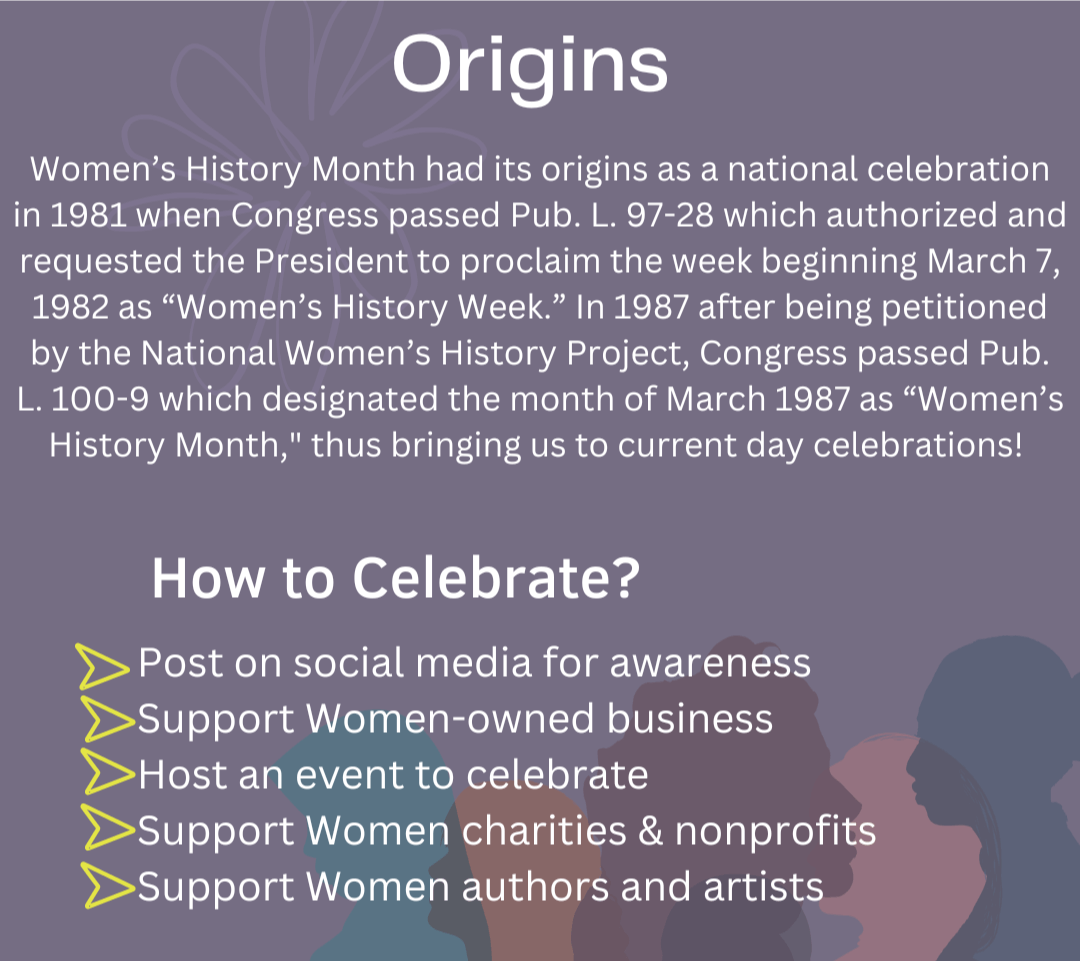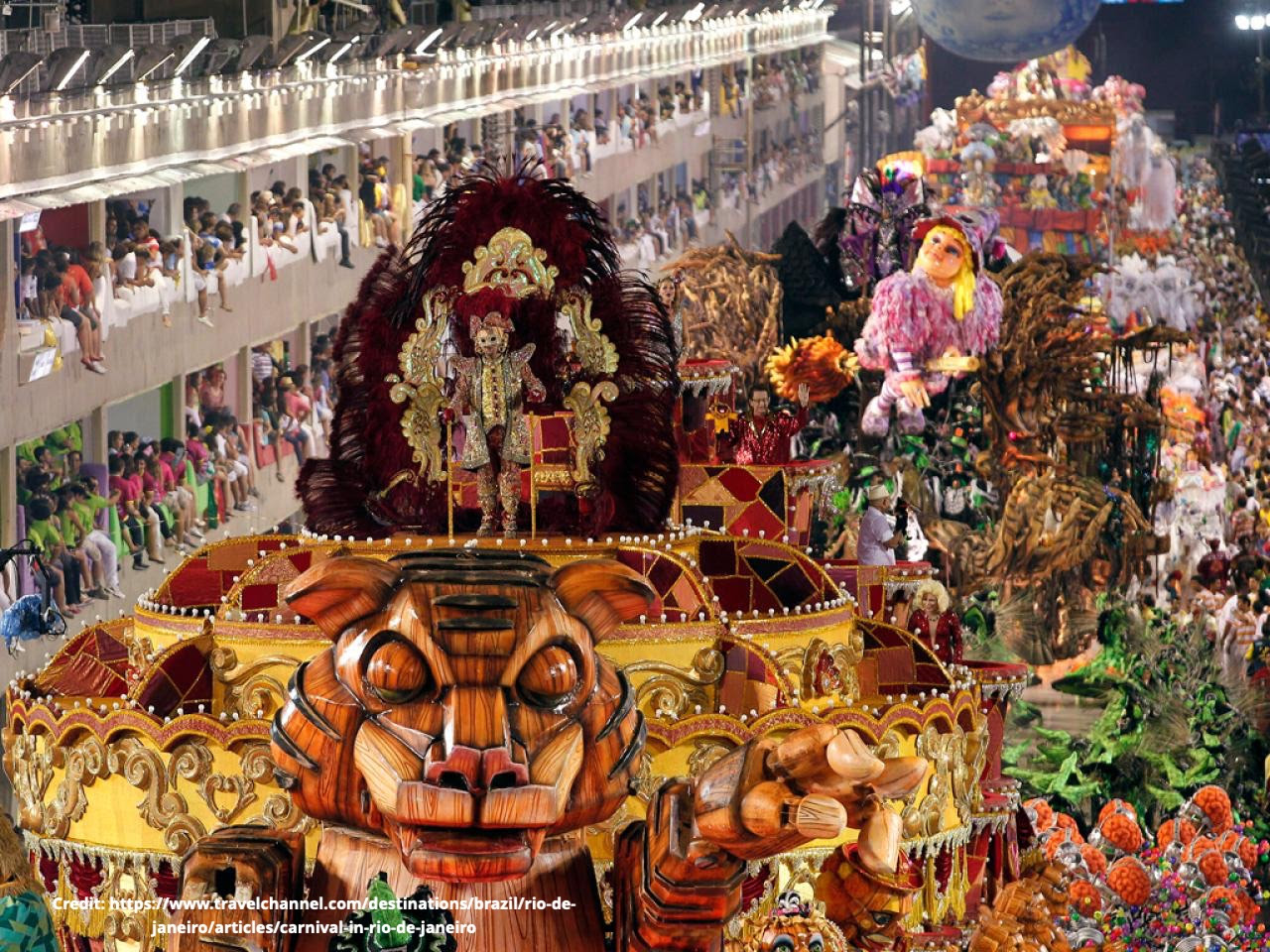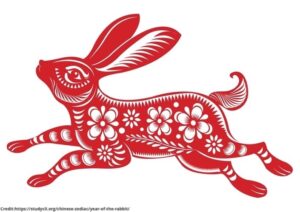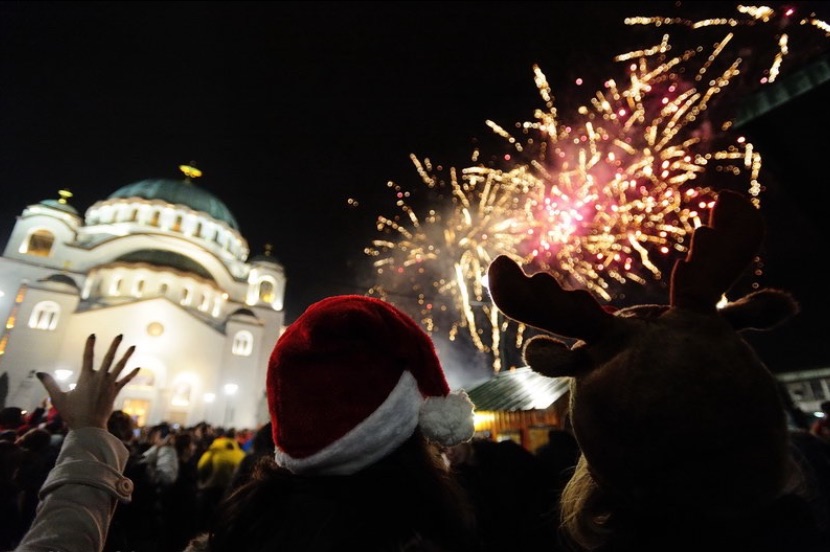



We celebrate this month in dedication to women’s contribution to history; this is a time to reflect on the accomplishments of women in the past and present, paving the way for future women and breaking norms. Women’s contributions to history can sometimes be overlooked, and so this is a wonderful reminder of just how special we are.


Today’s Vocabulary Fun!
Bucolic adjective – relating to the pleasant aspects of the countryside and country life. Relating to or typical of a rural life.


Once Christmas celebrations are officially over in the Caribbean and places like France and Spain, it’s time to start thinking about Carnival, the celebration that culminates on Fat Tuesday, or Mardi Gras, the day before Lent begins. Carnival is celebrated between the months of February or March; with the dates being different each year. In Spain, the festival is noted for parodies and costumes in the streets of Spanish towns and cities. In France, this festive season comes with sumptuous public celebrations or parades. And in the USA, we have our own celebration of this, particularly referred to as Mardi Gras in Louisiana. Mardi Gras (literally “Fat Tuesday”) is originally a catholic event that marks the end of the “week of seven fat days.”

Mardi Gras is a Christian holiday and popular phenomenon that dates back thousands of years, back to roman times! It is celebrated in many countries around the world—mainly those with large Roman Catholic populations.
The word “carnival” derives from the Latin “carnelevare” meaning “to take out the meat”. Indeed in roman times, meat was removed and banished from tables during Lent, as was any other ingredients containing animal products. According to history channel, religious leaders thought it was best to incorporate this pagan holiday into Christianity, rather than abolishing it all together!



Black History Month is a proud celebration that is celebrated across the United States and has now grown popularity in other countries as well! It provides all Americans a time to celebrate the achievements made by our African American citizens in building our country, and it provides a time for recognizing their central role in shaping U.S. history.

A gentleman by the name of Dr. Carter G Woodson dedicated a week to celebrate African Americans in the country, which specifically fell between the birthdays of both Abraham Lincoln and Frederick Douglass- two prominent individuals to the black community at that time in 1926. In years to follow, mayors across different cities began to recognize this week, and following the civil rights movement in the 60’s, it became a wonderful month long celebration. President Gerald Ford officially recognized Black History Month in 1976, giving it the beauty it has today, each February.

Since that same year, every US president has designated a theme to Black History Month, this year being the theme of Resistance! A beautiful place to read more on Black history, achievements, and this years theme, would be ASALH, the Association for the Study of African American Life and History. This association was founded by Dr. Carter G Woodson himself, and minister Jesse E. Moorland!


China’s Lunar New Year is known as the Spring Festival or Chūnjié, in Korean, it would be called Seollal, and the Vietnamese refer to it as Tết! This holiday is tied to the lunar calendar, in which the holiday turns into a wonderful time of feasting, honoring household and heavenly deities, and don’t forget the ancestors!
The holiday typically begins with the first new moon of the year, which happens at the end of January. Chinese New Year has been enjoyed for an estimated 3,500 years. The exact beginning is not recorded, but some people believe that Chinese New Year originated in the Shang Dynasty (1600–1046 BC), when people held sacrificial ceremonies in honor of gods and ancestors at the beginning or the end of each year. If you would like to read more about the legend and characteristics of the rabbit, click the button below!

The cultures celebrating Lunar New Year do have different ways of greeting each other during the holiday. In Mandarin, a common way to wish family and close friends a happy New Year is “Xīnnián hǎo,” meaning “New Year Goodness.”
Traditional greetings in Vietnam are “Chúc Mừng Năm Mới”(Happy New Year) and “Cung Chúc Tân Xuân” (gracious wishes of the new spring). In South Korea, many commonly say “Saehae bok mani badeuseyo”(May you receive lots of luck in the new year), while North Koreans say “Saehaereul chuckhahabnida” (Congratulations on the new year). Languages can be very different, but we are more connected than we think!


Most of us, especially in the Western world, find ourselves in the Christmas spirit throughout the month of December- Christmas Trees, dinner with family, presents, Santa Claus, and Church service, all reminding us of togetherness and the birth of Jesus. But what if I told you there was a Christian faith that celebrated similarly a month later? Yes, there is! Orthodox Christians celebrate Christmas Day on January 7th and celebrate New Year’s Eve on January 13th. How could this be? Read on for more!

Julius Caesar introduced a calendar in 46 BC based on the advice of an Egyptian astronomer Sosigene, who had calculated the lunar year. But his measurements were wrong by about 11 minutes, and over the centuries, the dates of major Christian holidays had drifted so much that it became an issue. To fix this, the Gregorian calendar was introduced by Pope Gregory in 1582, and this one turns out to be the current one used today for Western culture, while the Julian is being used in Orthodox faith.
The holiday is celebrated with many of the same symbols and joys as those used for December 25th, such as Christmas trees, dinner with family, Church service, and gifts. But this holiday is also a special time of prayer and reflection. Many people celebrate over three days. There is also a 40-day fast that leads up to January 6th, which is abstinent of animal products. The fast is then concluded on Christmas Day, in which a big feast is prepared full of meats and cheeses!

